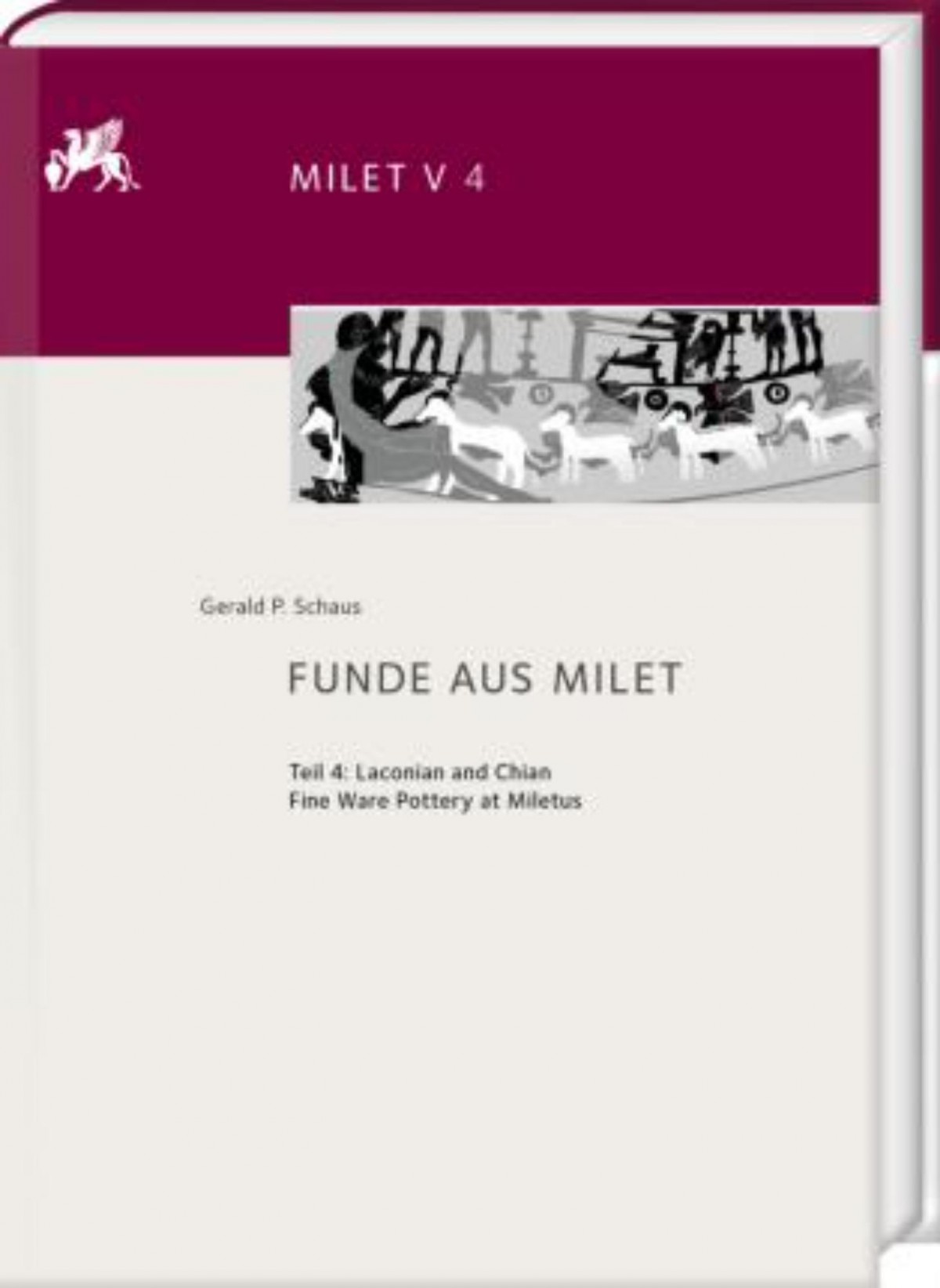Funde aus Milet
Teil 4: Laconian and Chian Fine Ware Pottery at Miletus
ISBN-ISSN:
9783447114288
Fiyatı Düşünce Haber Ver

The largest body of Archaic Laconian pottery discovered so far on an overseas site is studied here, rivalling and occasionally surpassing that from Samos. Finely painted scenes shed light on Spartan myth, religion, cultural values and daily life. Individual Laconian painters' hands and workshops are distinguished, vase shapes and their uses particularly in the context of the Miletus Aphrodite Sanctuary are studied, and the value of the pottery as evidence for trade and cultural exchange between Laconia and East Greece is discussed. Likewise for Chian fine ware, the material at Miletus is second or third in rank among export destinations based on quantity, well short of that found at Naucratis, but about equal to the Chian pottery from Berezan/Olbia in the Black Sea, if not so well preserved. Historically good relations between Chians and Milesians are reflected in the pottery finds, especially given the sparsity of Chian on nearby Samos. A wide variety of Chian shapes and styles, including rare examples of the Grand Style, are found dating from the late seventh to the mid-sixth century B.C. The finds at Miletus add significantly to knowledge of the important Laconian and Chian vase industries in the Archaic period and to pottery use and distribution patterns across the Aegean Sea.
?291 s. + 27 renkli levha, sert kapak, İngilizce.
